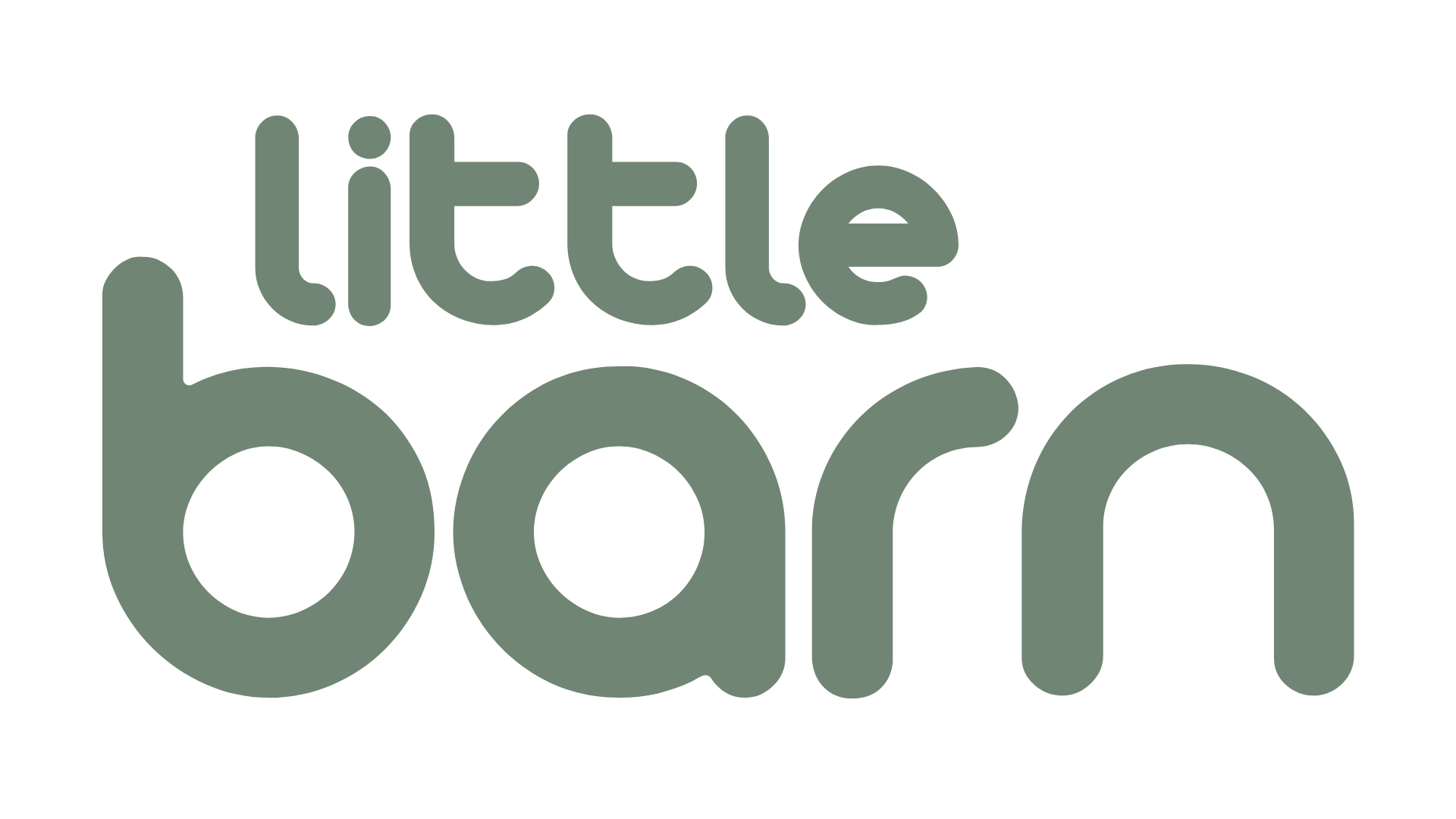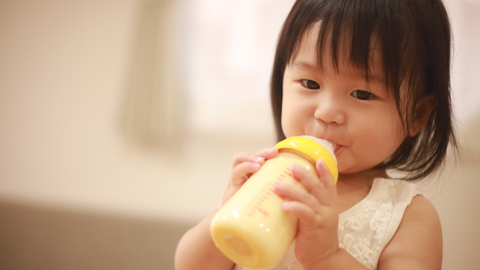Milk is often seen as the gold standard of nutrition for babies — and rightly so. For the first 12 months of life, breastmilk or infant formula is the primary source of nutrients, providing essential calories, protein, fats, vitamins, and minerals that support growth and brain development.
But once your baby blows out that first birthday candle, the question becomes:
How much milk does my toddler actually need? And what kind?
Let’s break it down.
Is Milk Still Important After Age 1?
Yes — but not in the same way as before.
Once your child turns 1, solid foods become the main source of nutrition, and milk becomes more of a supplement rather than the star of the show. At this stage, milk is still a good source of calcium, vitamin D, protein, and healthy fats, which are all important for bone development, brain function, and overall growth.
How Much Milk Does a Toddler Need?
According to most pediatric recommendations:
- 1 to 2 years old: 400–500ml of milk per day (about 2 cups)
- 2 years and above: No more than 500–700ml per day
Too much milk can fill up a toddler's small tummy, leaving less room for solid food — and that can lead to nutritional imbalances, especially iron deficiency.
What About Toddler Formula (Stage 3/4)?
You’ve probably seen formula labelled as Stage 3 or Stage 4, marketed as “toddler milk” or “growing up milk.”
Here’s the truth: Toddler formula is not necessary for healthy toddlers eating a balanced diet.
Toddler milk often contains:
- Added sugars or flavourings
- Higher cost than regular milk
- Fortified vitamins and minerals (which your child may already be getting from food)
It can be helpful in some cases — such as for picky eaters, children with poor growth, or when transitioning from breastmilk — but it’s not essential for most children.
Fresh Milk vs UHT Milk vs Formula — What’s the Difference?
1. Fresh Milk
- Pasteurized, needs refrigeration
- Naturally rich in calcium and protein
- Best for daily home consumption
- Available in full cream, low fat, and skim — toddlers under 2 should get full cream
2. UHT Milk
- Ultra-heat treated for shelf stability
- Nutritionally similar to fresh milk
- Convenient for travel or daycare
- Can be used interchangeably with fresh milk
3. Formula (Stage 3/4)
- Fortified with added nutrients (iron, DHA, etc.)
- May contain added sugar or flavoring
- Not necessary for healthy toddlers with balanced diets
- Often more expensive
Nutritional Comparison at a Glance (Per 100ml):
| Type | Calories | Protein | Calcium | Sugar (Natural/Added) | Fat |
|---|---|---|---|---|---|
| Fresh Milk | ~60-70 | 3.2g | 120mg | ~5g (natural lactose) | 3.5g |
| UHT Milk | Similar to fresh milk | ||||
| Stage 3/4 Formula | ~70-90 | 1.5–2g | Varies (fortified) | Can include added sugar | Varies |
So, What’s Best for Your Toddler?
If your toddler is eating a variety of grains, fruits, vegetables, protein, and dairy, then fresh or UHT full cream milk is more than enough. There’s no need to continue with Stage 3/4 formula unless advised by your pediatrician.
The goal after 1 is to help your child:
- Explore a variety of solid foods
- Learn to eat independently
- Get nutrients from whole, real food
Milk is still a wonderful part of the journey — just no longer the main meal.
At Little Barn...
We believe that balanced, nutrient-rich meals play the most important role in a toddler’s healthy development. That’s why we craft our meals with whole foods, no added sugar or salt, and plenty of variety — to support growing bodies and curious taste buds.
Always consult a pediatrician or dietitian if you are unsure about your little one's milk intake or overall diet.







Comments (0)
There are no comments for this article. Be the first one to leave a message!